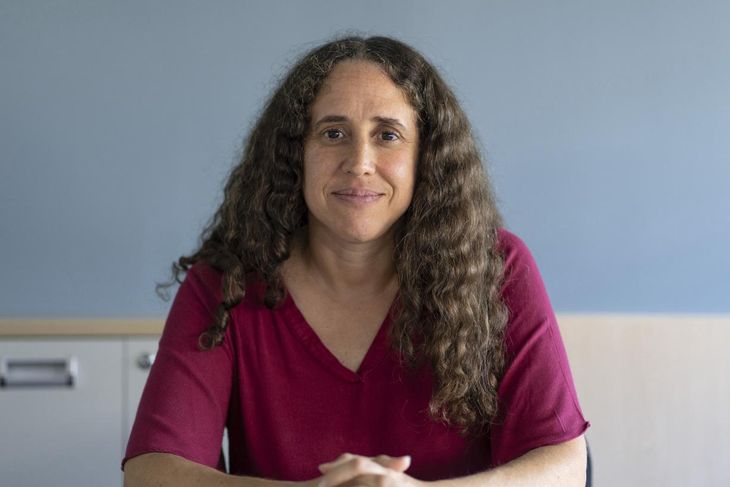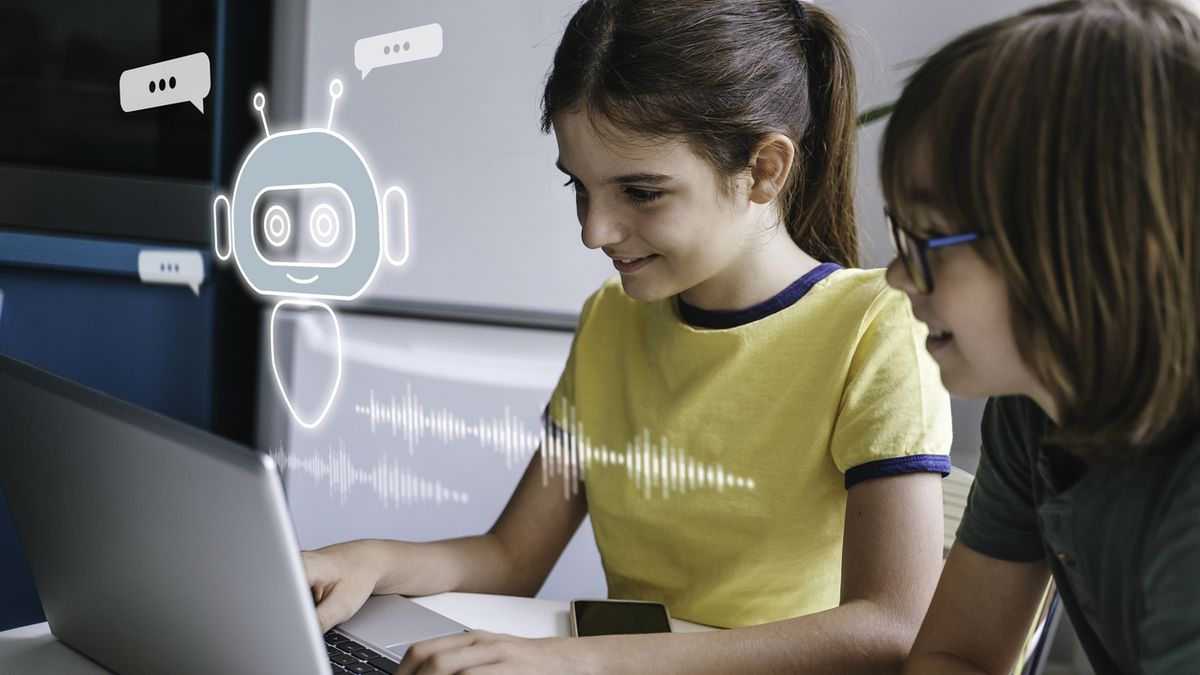With 17 years of operation, the innovation center works on the democratization of access and the incorporation of new technologies in educational programs.
He Ceibal It has been in operation for 17 years and has become an educational and technological reference in Uruguay and in the world, where its model has been exported to several countries in the region. Today, completely consolidated and covering 100% of public education, the educational innovation center is committed to incorporating the artificial intelligence in your program.
The content you want to access is exclusive to subscribers.
“We have a computational thinking program since 2017 and it is a program that is in Primary, mainly fourth, fifth and sixth, that works based on computational thinking projects and problem solving with these methodologies. “It is about decomposing large problems into smaller problems, trying to generate algorithms, finding patterns and generating abstractions,” he told Ámbito. Fiorella Ham, Ceibal manager.


“It is not a program that teaches you to program, although you end up programming to solve problems, but it teaches you to think in a way that is more or less how you think in the areas of engineering to solve problems. of complex problems. We already had that program in place and what we added were units where we specifically work with artificial intelligence. So for that, last year what we did was release a reference frame which is what we use to add artificial intelligence and that teachers can also do it in their classes, taking all these aspects into account,” Ham pointed out.
WhatsApp Image 2024-01-24 at 12.45.55.jpeg

Fiorella Ham, manager of Ceibal.
Success and export model
The results are positive, they say from Ceibal. “Last year we had a artificial intelligence fair where teachers from all over the country came to show what they had done and the truth is that it was impressive. What we want is to promote the critical and scientific thinking, being able to know what tools to use, for what and how they can help us. We work very aligned with the objectives of the ANEP and with the objectives of MEC of educational policy and we generate new things using technology. So I would tell you that today the most distinctive stage is that of being a innovation center.
“Also present is the democratization of access to technology. We maintain everything that is the device delivery policy and we have been improving it. Starting in the seventh year, we began to deliver laptops instead of tablets,” said the center manager.
In that sense, he added that today coverage has been universalized, based on the journey that the plan has had in its 17 years of existence. “We cover 100% of public education from first grade to ninth grade, and last year we started a pilot program in high school for 10,000 students, from which, if they took a computer science course, which was self-assisted, they received a machine to be able to take more courses,” Ham informed Ámbito.
There is also permanent interest from other countries, mainly from the region. “Today we have a specific area for the internalization of Ceibal, collaborating with three countries. We try to see in what ways we can help them depending on what interest they have. Precisely what we are looking for is to be able to have a model that is useful for countries in helping them generate the digital transformation in education. In these 17 years we have generated a lot of experience. We tried many things, many went well, many went wrong and well, we learned from that too,” concluded the Ceibal manager.
The Ceibal figures
- In 2023, more than 1,600 educational centers implemented one of Ceibal’s addressing projects.
- At the end of 2022, 385,821 students had a current device (55% laptop, 45% tablets)
- 100% of educational centers in urban areas have a broadband internet connection (fiber optics).
- 100% of the centers have an internet connection and 87.6% of the students have access to video conferencing.
- In 2022, 80% coverage was reached in students from 1st grade of Primary to 6th grade in Secondary in CREA (45% in 2019).
- In 2022, coverage of almost 86% was reached in teachers from 1st grade of Primary to 6th grade of Secondary in CREA (55% in 2019).
The programs
Today Ceibal operates through four platforms and four diverse programs. The platforms are Alex (to learn mathematics from primary to high school), Country Library (which allows access to more than 9,000 textbooks by Uruguayan authors), Creates (contact network between teachers and students) and Edux Ceibal (digital education in alliance with other educational institutions).
For their part, the programs are Learn all (on digital citizenship), Artists in the classroom (artistic profile), Ceibal in English (language learning) and Ceilab (project laboratory).
Source: Ambito




